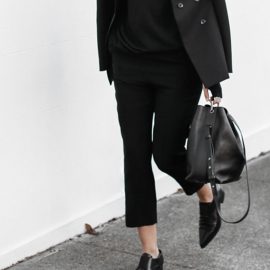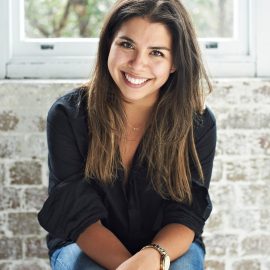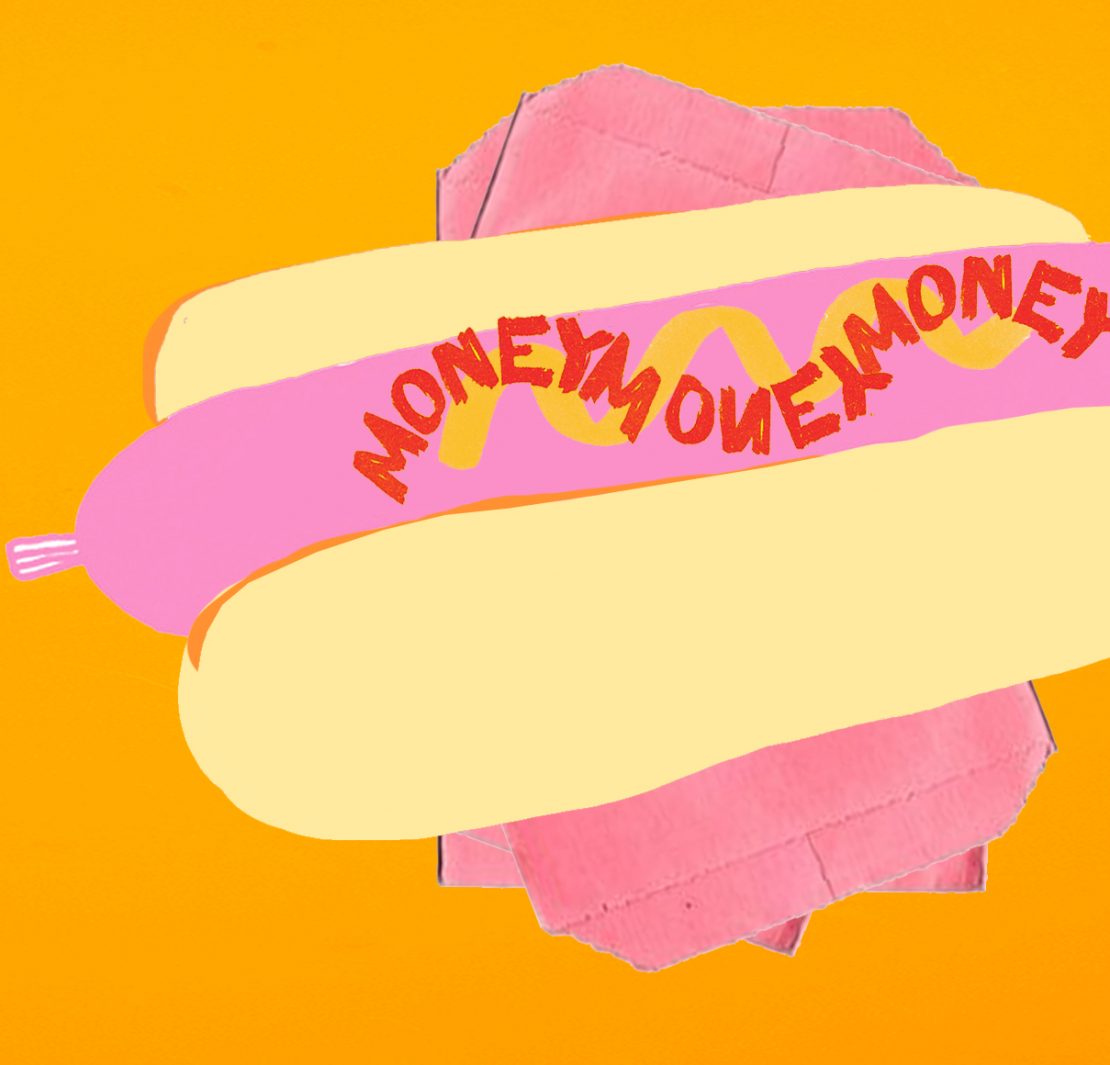The concept ‘Snagging six figures’ was created after we had readers writing in asking for advice about how to use their degree and current job skills to launch into a different industry or career. We know that no one career story is the same, but telling the stories of others can challenge, inspire and shape your own. We are asking every interview the same five questions:
- Why they picked their course
- Their course experience
- Their first job
- What they learnt
- Their next step
- And their advice
Name: Zoe Age: 27 From Graphic Design into UX Design Salary: From $43,000 at 23 to $101,000 at 27
Why I picked my course
I always loved art and D&T at school. I was always weirdly into those photography subjects in high school that everyone would treat as a ‘bludge’, I loved to draw, and I even went through a ‘beading’ stage. I knew I wanted to pursue something creative, but I also wanted to be able to work in a corporate environment.
The course experience
I was accepted into the Bachelor of Communication Design at Swinburne University (one of the top two design schools in Melbourne) and loved it. The degree was three years of sleepless nights and many emotional moments, thanks to computers crashing and the occasional lost file. But I can honestly say they were some of the best years of my life.
At the end of my degree I was fortunate enough to be accepted into the fourth-year honours program, which required me to develop a thesis and also included a period of industry placement. This degree is hard, really hard. You can barely hold down a part time job because there is so much folio and project work involved. For just one project, you could be producing a ‘brand identity’ and then making advertising collateral that will sit across print, packaging, online, and buses.
My first job
When I moved into the work force, I went from building out entire campaign concepts to resizing images for upload… You learn very quickly in your first year that as a designer, you are always going to have to work within brand guidelines. Some are more strict than others but it’s more or less the same process. The level of creativity will be dependent on the brand you work for you. For example, if you are working for an accounting business then you aren’t going to have much scope for variation.
I was the graphic designer for an ecommerce fashion store. My main focus was on how the site looked from day to day, and how this translated to sales. This meant working closely with the marketing and buying teams to stay on top of new products so that I could create content to bring them to life visually. The content ranged from homepage tiles, to style and lifestyle posts that went up on our blog and social media pages, and weekly EDM’s.
What I learnt
I learnt really quickly that there is a huge difference between a good designer and a successful graphic designer. Yes, first and foremost you need a good eye for design; but it’s more important to be a problem solver for your team. You need to understand that every client you have and every company you work for, wants to work with a designer who is a good problem solver and can deliver them what they want. There is always something they want to achieve – is it more clicks, more sales, or more brand recognition in a different target market?
My next step
After working in graphic design for two years, I realised that the real money was in UX design. It’s a pretty easy pivot from graphic design into UX.
UX is about planning the whole consumer journey for an online customer. So from the second you land on a website, how can a brand direct your behaviours. How can they get you from point A to B on a website intuitively. While graphic designers try to create a visually pleasing design, UX designers try to create the best possible experience. This includes graphic design, information architecture, interaction design, buttons etc. Another key difference is that graphic design is linear and the process finishes once the product has launched. For a UX designer, product launch is a single step in the design process because you are constantly evolving the process. Also, there is a loop between design and user testing that does not exist in graphic design – because you can really easily learn whether a consumer likes the design functionality or not.
I started looking for UX design roles in ecommerce and there were tonnes. My fashion experience in graphic design was good, but I certainly needed to beef up my resume with information and case studies about how I used design to enrich the experience of a user and to drive sales.
In my interview I spoke about my understanding that UX is much more about interacting with and understanding people, as opposed to graphic design, which is more “brief based and linear.” I explained that though I was employed in graphics in my first job, the nature of a small team (we were very much in the ‘start-up phase’) meant that I was forced to learn the skills of UX.
I gave really tangible examples of how we were able to understand people’s needs and motivations for shopping, and how we’d capture that purpose to drive the product sales. For example, when I launched we didn’t sell exercise gear, but our head of product wanted to leverage off the ‘fashion and function’ exercise trend – people live in exercise gear. Launching exercise gear on a fashion website that typically sold work and high-end lifestyle was a risk, even though we thought the consumer would like it. So, we needed to minimise interference to their usual browsing and allow them the choice to opt into the new product offering. This example gave me the opportunity to explain that, “What people say can be different from what people do. So in UX design planning, as much as possible, you need observe what users do to accomplish their tasks.”
I got the job and started on $92,000.
Advice
I felt that I was actually at an advantage coming from both a small business and a graphic design background. My skills were unique to other people in the team and it gave me a really ‘rounded’ skill set. I was given the lead on the first product in my team after being at the company for only 3 months.
My advice? Learn every single area of the business, from the critical path from design to production, to marketing, to sales. It’s really important to understand how the dynamics of all those departments work because sometimes people only come from one area, and they have to actually understand the whole process. I learnt this being in a small business, because nothing ever worked in isolation. Everything we did fed into another project and this principle is true across every company.
The concept ‘Snagging six figures’ was created after we had readers writing in asking for advice. Do you want to submit your story, or have a suggestion of someone you want featured? Email us: hello@thefootnotes.com.au







